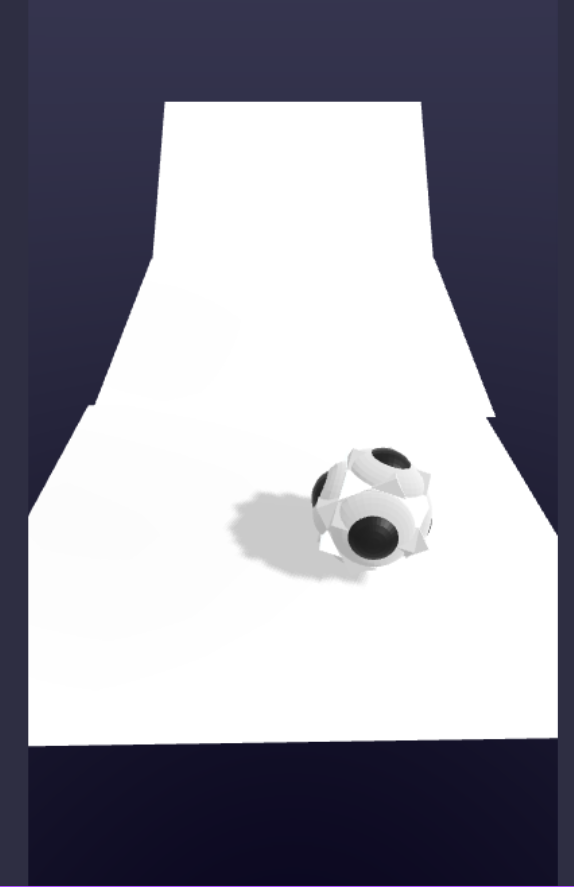Whilst working on User Experience and Augmented Reality, we were introduced to The 8th Wall website. We completed an exercise that enabled us to understand the possibilities of what could be produced and how the website worked. It also allowed us to understand the basics of how the website functioned.

To start with we learnt how to add objects and showcase how lighting works inside the website. This showcased how easy it was to create objects compared to other programs. Blender requires multiple settings and factors, while The 8th Wall only needs a few settings confirmed before a shadow is made.
Features being used, are dependent on the intended product. For example, if lighting would be a more important factor in the style or creation process, Blender would be the better alternative. But, in the context of an AR setting, I believe these shortcuts are helpful in the creation process.


After creating objects in the space, the physics engine was tested. This was done through the application of physics to the ball and the floor. This included raising the amount of bounce the ball would have in its settings. This would then be showcased in a demo to see its effectiveness. Afterwards another object would be added and the same physics applied to it. When the demo would start again, the physics would be on display.



After the previous experiment, a ramp would be introduced. The Ramp was made in a different program and imported into The 8th Wall. This showcased how models from different applications, such as Blender and Maya, could be added in to this engine. We applied the same physics to the ramp and watched how they interacted with each other. Overall, this resulted in a good first impression of The 8th Wall.


After doing the tutorial, I decided to create my own shape within Blender, and imported it into The 8th Wall to see how thorough it was. This shape was made to have multiple different sharp edges. This was to see how it interacts with multiple different objects when physics were applied. Then from there, I made a ramp shape out of 3 different planes with different rotations to see what would happen.
This experiment gave me a better understanding of The 8th Wall and what could be achieved inside of it. From here I could port over multiple different models and create a fun experience with them interacting with each other.
If I was to return to The 8th Wall, I would use the tools I’ve been taught in the experiments, and apply them to more models of my creation. This would be to experiment with what options there are and what I could do with them in an AR setting. Personally, I could see myself making something like Pokémon Go, which also uses AR elements with character models and art to create a fun game.
References
Niantic Inc, 2016, Pokémon Go, Pokémon GO [Accessed on 20/10/2025]